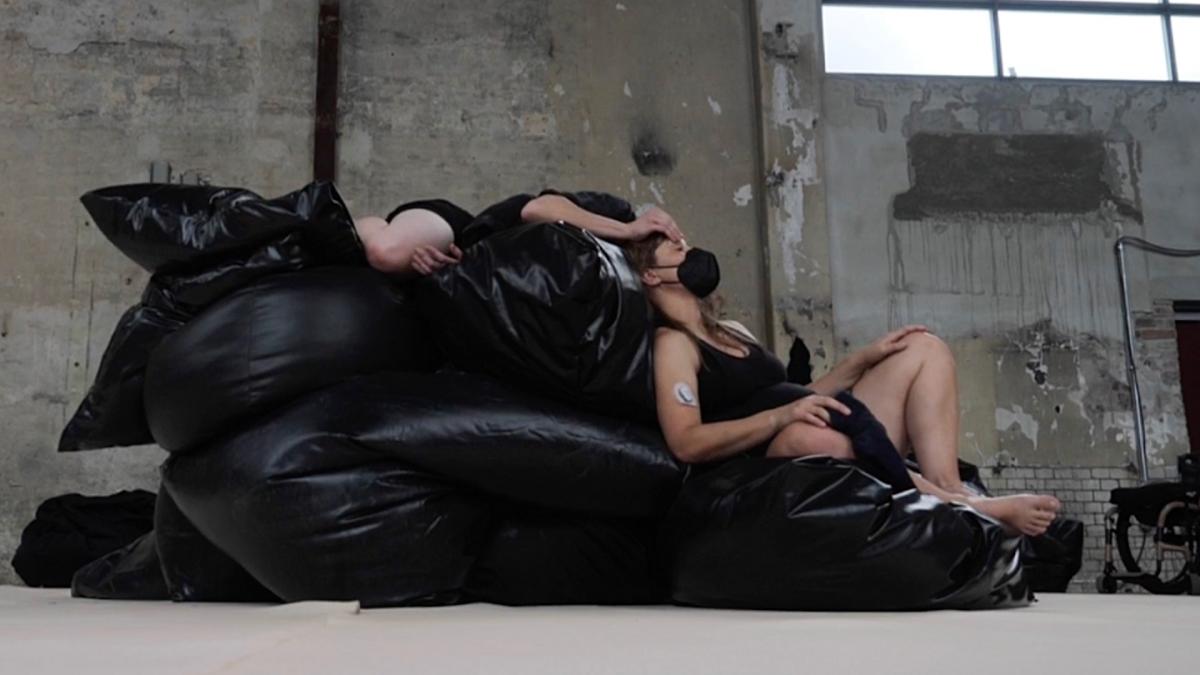Interviewing doctoral candidates: Juli Reinartz
Choreographer Juli Reinartz’ research focuses on how disorientation allows us to relate to bodies differently.

What is the topic of your doctoral research?
My research topic is disorientation as a choreographic strategy. I research choreographic formats and practices that disorient both performers and spectators not only spatially but affectively. I focus on how this disorientation allows to relate to bodies differently, in particular to bodies with disabilities.
The working hypothesis of the performative research is that performative set-ups tend to require bodies to be self-reliant and in flow, that they create orientations between bodies that have not only been put in question by queer-feminist, but also by disability studies scholars. The project explores the possibility to rearrange those set-ups in order to make different orientations towards bodies available.
How can affective orientations change when spatial and temporal ones change? Can a choreographic constellation create new understandings of bodies through bringing them into new spatial and temporal perspectives to each other? Which settings “disorientate”?
What drew you to pursue doctoral studies?
The desire to study artistic strategies in depth – not only in one performance project but as matters that might have artistic, as well as academic and social relevance – made me think about a longer planned and invested research project. In short, I realized that I needed to explore the politico-social background of my choreographic practice before I could just continue making work. The research project therefore combines political with aesthetic concerns, exploring in and through art what is possible for art.
What does artistic research mean to you?
As my research project is engaged with processes of orientation, it also looks at the processes of creating dances. Because I address this research practically and in critical reflection along queer-feminist and crip discussions, the project looks for a dialogue between theory and practice rather than wanting to illustrate, verify or falsify theoretical hypotheses. I hope to make sensible aspects of embodiment for theory through artistic practice while the practice is thriving through the critical reflection. While this points towards the interconnections between artistic research and, specifically here, the humanities, it also lines out a sphere of independence for artistic practice where phenomena, intensities and relationships can be explored.
Artistic Research
Artistic research is one of Uniarts Helsinki’s specialities. In this blog you can read about latest activities in the field from our community and guest writers.
Taiteellinen tutkimus on yksi yliopistomme erityispiirre. Lue blogista yliopistoyhteisömme ja vierailijoiden kirjoituksia ja ajatuksia taiteellisen tutkimuksen ajankohtaisista ilmiöistä ja tapahtumista.
Latest posts
-
Weaving Connective Threads: Doctors in Performance 2025 Reflections
-
What does a doctoral project in Artistic Research look like?
Follow blog